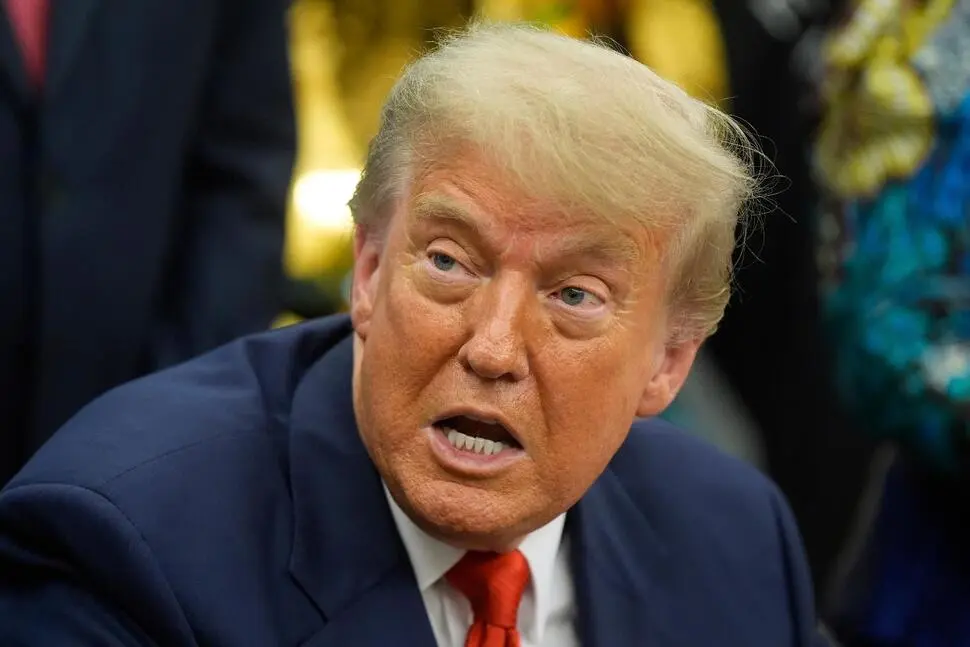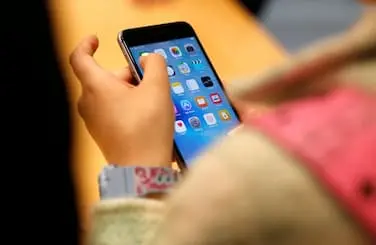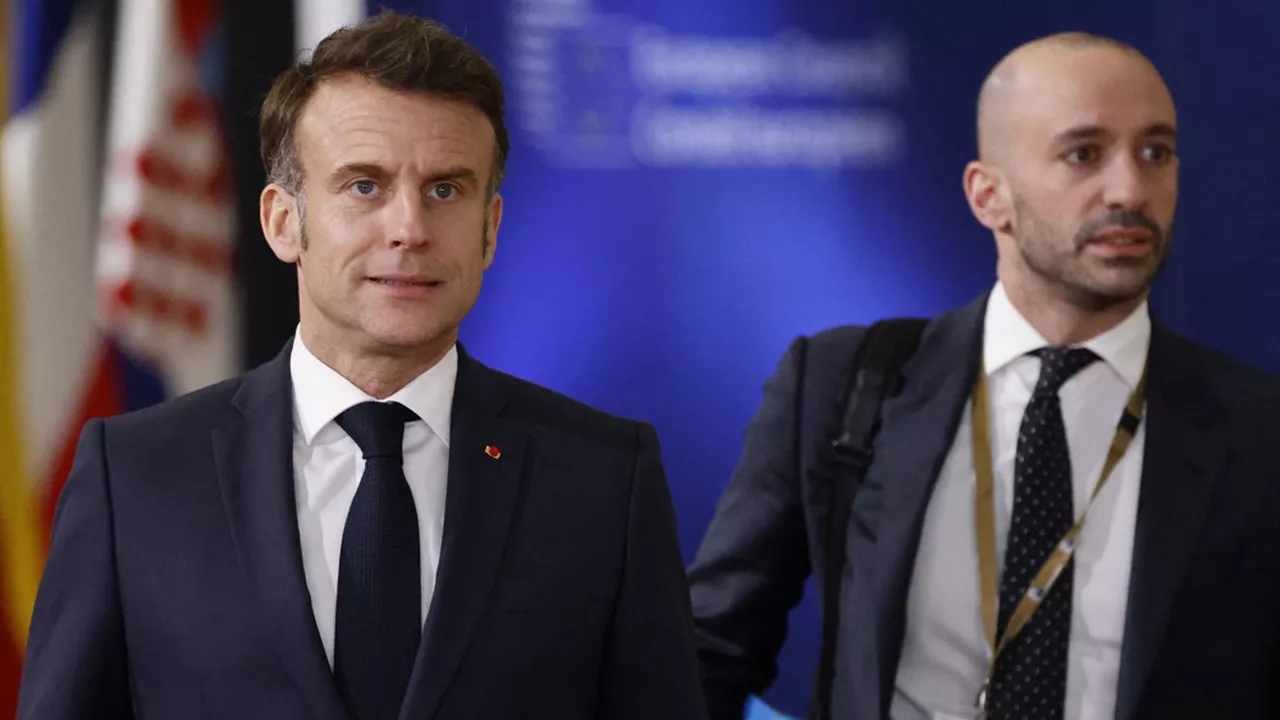Trump Slams Tech Provider After Conference Call Glitch Disrupts Virtual Event
Former President Donald Trump lashed out online after a high-profile conference call was disrupted by technical glitches. Blaming the tech service provider, Trump’s public frustration underscores growing political tensions around digital reliability and communication control.
In a now-viral series of social media posts, former U. S. President Donald Trump voiced his frustration over a technical glitch that disrupted a key virtual event, blaming the service provider for what he called a 'total disaster' and 'unacceptable failure.
' The incident occurred during a scheduled conference call with supporters and political operatives — an event billed as part of his broader re-election and fundraising push. The issue, which reportedly involved audio dropouts, disconnections, and platform-wide instability, caused significant delays and left participants unable to hear key parts of Trump’s remarks. While technical mishaps are not uncommon in the age of digital campaigning, Trump’s fierce public reaction has reignited debate around the role of tech companies, reliability of digital infrastructure, and political communication in the internet era.
The Conference Call That Crashed
According to sources close to the campaign, the call was scheduled to connect Trump with several hundred donors and local GOP figures across multiple states. The platform being used — whose name has not been officially disclosed but is believed to be a commercially licensed, high-capacity conferencing system — suffered what campaign staff described as an 'unforeseen system overload. '
Attendees reported frozen screens, jumbled audio, and abrupt disconnections.
Some participants said they were booted off the call entirely and were unable to reconnect. “This was supposed to be a moment of unity and momentum,” said one GOP strategist who was on the call. “Instead, it was chaos.
”
Trump’s Online Tirade
Within minutes of the failure, Trump took to his social media platform, Truth Social, and posted multiple scathing remarks:
> “Can you believe this? Total INCOMPETENCE by the tech people running our call. Millions of dollars paid for what?? A complete mess. Heads should roll!”
> “This would NEVER happen if we had real leadership in tech — all these woke firms are too busy lecturing us instead of doing their jobs.
EMBARRASSING!”
> “We need American tech that works for Americans — not this garbage!”
The posts were immediately shared and commented on by thousands of supporters, many of whom echoed Trump’s sentiment and called for boycotts or investigations into the service provider. Campaign Damage Control
Trump’s campaign team attempted to downplay the glitch, issuing a statement that emphasized their “commitment to robust and secure communication channels” while blaming the disruption on a third-party vendor. “We are reviewing what went wrong and taking all necessary steps to ensure this does not happen again,” said Steven Cheung, a senior campaign spokesperson.
“We appreciate the patience and support of all those who joined us. ”
The statement did not name the service provider, leading to widespread speculation online and in political circles about whether the platform was purposefully chosen or outsourced without due diligence. Political Tech and the Glitch Factor
Technical failures are not new to politics.
Virtual rallies, livestreamed speeches, and online donor calls have become central to modern campaigns, particularly since the pandemic. However, such events rely heavily on stable digital infrastructure — and when things go wrong, the fallout can be significant. The Trump campaign is known for its media savviness and tightly choreographed messaging.
Any disruption to that formula — particularly during crucial donor engagement — risks damaging confidence. “Digital mishaps aren’t just embarrassing; they erode trust and weaken the perception of control,” said Elise Munro, a digital strategy consultant who has worked on bipartisan campaigns. “The fact that Trump aired his frustration publicly shows just how sensitive these moments are.
”
A Broader Message on Tech Distrust
Trump’s tirade against the service provider also tapped into a recurring theme in his rhetoric: distrust of major technology firms. For years, he has accused Silicon Valley giants of political bias, censorship, and monopolistic practices. Though this case involves a third-party conferencing tool rather than a social media platform, Trump’s criticism reflects a growing sense among conservatives that digital tools are not serving their interests fairly.
“Every time something fails or glitches, the assumption — or at least the messaging — is that it’s not just incompetence but sabotage,” said Carter Delano, a professor of political communication at George Washington University. “That narrative has traction with Trump’s base. ”
Indeed, several right-wing commentators on social media suggested, without evidence, that the platform failure was an intentional act of 'deep state' interference — claims quickly picked up and amplified in pro-Trump forums and Telegram groups.
The Provider’s Silence
As of now, the tech firm allegedly responsible for the glitch has not issued any public statement, and attempts to reach company representatives for comment have been unsuccessful. If confirmed, this silence may further aggravate tensions and add to speculation. Some reports suggest that the platform in question had not been adequately stress-tested to handle thousands of concurrent users with real-time video and audio.
This has raised questions about the campaign’s vetting process and risk management protocols. Public Reactions: Supporters vs Critics
Trump’s supporters largely rallied behind him online, praising his 'honesty' and 'authentic reaction. ' Many said the glitch proved the need for conservative-aligned tech infrastructure and renewed calls for the development of Trump-branded alternatives.
“This is why we need Trump Tech — made in America, not controlled by globalists!” one user posted on Truth Social. Critics, however, mocked the incident. Hashtags like #TrumpTechFail and #GlitchGate trended briefly on X (formerly Twitter), with users sharing memes and parody videos of frozen screens and looping audio.
“Maybe the server was too busy counting votes from 2020,” one post joked, referencing Trump’s ongoing false claims about election fraud. Implications for Future Campaigning
As the 2024 election season heats up, this incident serves as a cautionary tale for all campaigns: robust tech planning is no longer optional. With voters and donors increasingly interacting through digital platforms, the margin for error is shrinking.
Experts recommend redundant systems, live testing, and fallback protocols to mitigate risks. “If you’re building a virtual war room, you better make sure the electricity works,” said Munro. The Trump campaign, already under intense media scrutiny, is now racing to reassure donors and voters that it remains fully operational and digitally competent.
Conclusion: A Signal, Not Just a Glitch
While a single tech failure may seem trivial in the grand scope of a national campaign, this particular moment has revealed deeper currents of vulnerability, distrust, and the high stakes of political communication in the digital age. Trump’s anger — whether spontaneous or strategic — has once again ignited national attention and forced conversations not just about platforms and reliability, but about the intersection of technology, politics, and power. As campaigns move deeper into virtual spaces, the real battlefield may not just be in swing states — but in servers, signals, and the invisible architecture that holds modern democracy together.




